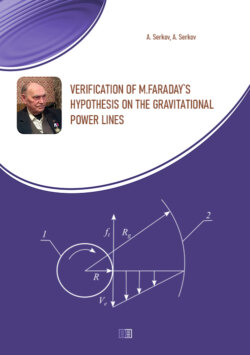Читать книгу Verification of M.Faraday's hypothesis on the gravitational power lines - А. Т. Серков - Страница 11
Chapter 2. Gravimagnetic braking of celestial bodies
1. Introduction
Оглавление"Does the gravitational field of the similarity with magnetic? Turn any electrical charge, and you get a magnetic field. Turn any mass, and, according to Einstein, you have to detect very weak effect, something similar to magnetism" is so popular NASA has justified the need to launch several satellites to detect effects of gravimagnetism. We are talking about the launch of the satellite gravity probe B (Gravity Probe B), in which gravimagnetic effect is expected to detect at the exact precession of gyroscopes mounted on the satellite [1]. In another experiment (frame-dragging), associated with the launch of two geodynamic satellites Lageos-1 and Lageos-2 (LAGEOS and LAGEOS II), it was shown [2] that the precession was only 20 % of the level predicted by the theory.
Gravimagnetic effect can be detected not only by the precession of gyroscopes or "rotating frame", but also for deceleration or acceleration of the satellite depending on the direction of the force lines of the gravitational field and the direction of motion of gravitating bodies. Seems anomalies in the movement of the "Pioneers" in their acceleration or deceleration depending on the position in respect of gravitating bodies are also a consequence of gravimagnetic interaction [3].
In this work the effect of gravimagnetism is considered on the example of anomalously high speed braking satellites of the moon and the laws of planetary and satellite distances, which, as it turns out, is also related to gravimagnetism through the rotation parameters central bodies.
